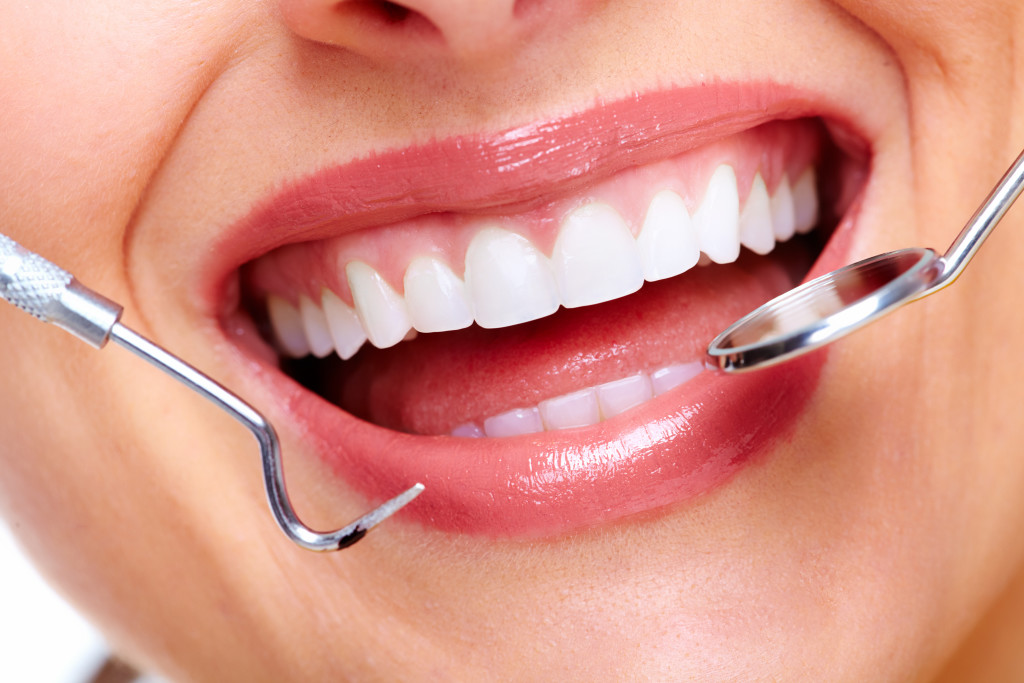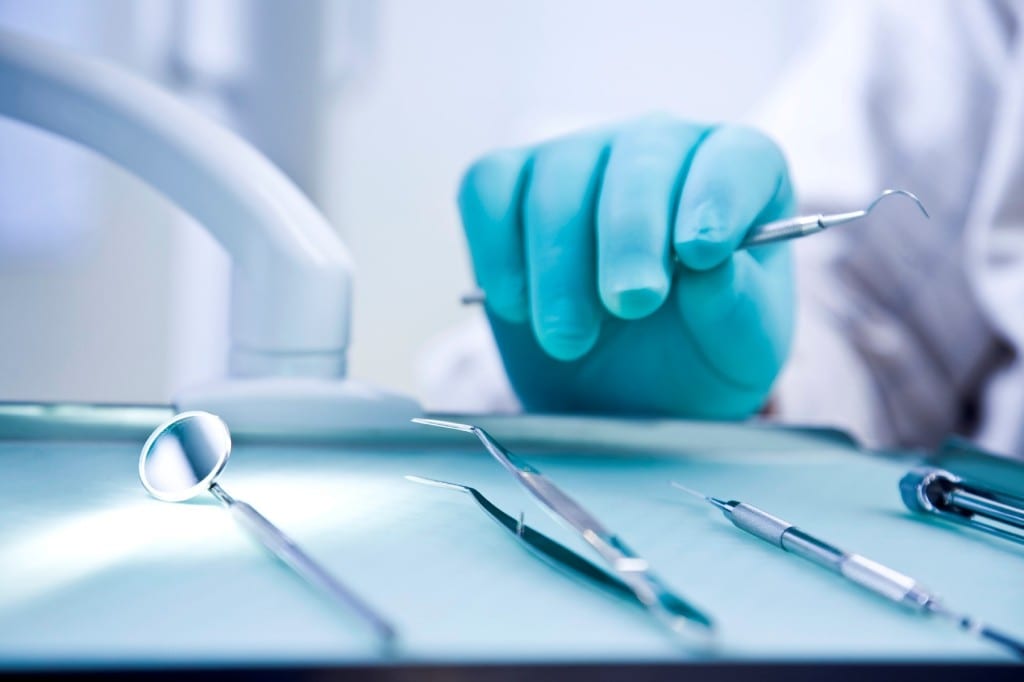 Treating teeth without pain? It’s possible! Most of us are afraid of a dentist like the devil of holy water. At the root of this lies the fear of pain. Meanwhile, a visit to the dentist does not have to hurt, because even minor treatments can be performed under anesthesia. What are the types of anesthesia and which local anesthesia to choose?
Treating teeth without pain? It’s possible! Most of us are afraid of a dentist like the devil of holy water. At the root of this lies the fear of pain. Meanwhile, a visit to the dentist does not have to hurt, because even minor treatments can be performed under anesthesia. What are the types of anesthesia and which local anesthesia to choose?
Anesthesia at the dentist is not a fad. Thanks to modern anesthesiology, we can avoid pain in 90-98 percent. cases – both during therapeutic and diagnostic procedures. In modern dental offices, each patient is offered anesthesia of the tooth, not only when it is expected that the procedure will be painful. An important reason may also be the fear of pain itself. Anesthetics eliminate nerve conduction pain, but they are not completely indifferent to the body. Therefore, modern anesthesiology aims to minimize the pain that is the smallest dose of the drug.
How do drugs work for local anesthesia?
The mode of action of all local anesthetics is similar and consists in blocking the conduction of pain impulses through the nerves towards the brain. It can be said that the brain is not kept informed of the state of the tissues in an anesthetized place.
Topical anesthesia works most effectively on the nerve fibers associated with pain sensation, therefore other stimuli such as pressure and touch will be felt even after anesthesia.
The principle of operation of anesthetics used in dentistry is based on the blocking of the sodium channel present in nerve cells (the structure responsible for the depolarization of the neuron). The combination of the local anesthetic with the sodium channel is reversible. This means that with the passage of time, the function of the nerve fiber returns. The duration of anesthesia performed in the dental office depends on the anesthetic and the administration techniques. Anesthesia usually lasts about 1-2 hours, but this time can be extended or shortened.
Local anesthesia at the dentist: types
Dentists have several techniques for administering local anesthetic drugs. Depending on the administration technique, we distinguish:
Surface anesthesia
A local anesthetic in the form of a gel or aerosol is spread over the surface of the oral mucosa. The anesthetic penetrates the epithelium and infects the tiny nerve endings in the mucous membrane. This type of anesthesia is usually used before the needle is inserted into the target anesthesia, it is also used when removing milk teeth with significantly resorbed roots.
Auxiliary anesthesia
It is a technique of local anesthesia consisting in depositing an anesthetic solution under the mucosa of the mouth. The drug is administered using a disposable syringe with a needle or special syringes type. Anesthesia depending on the indications can be obtained with one or several punctures. The local anesthetic blocks the small nerve branches of the administration area and penetrates deep into the bone, paralyzing the nerves located there. This technique of anesthesia is used in dentistry for the anesthesia of teeth before surgery in the field of conservative dentistry, prosthetics, periodontics, for tooth extraction, removal of mucous membrane lesions, etc. Due to the place of administration of the anesthetic we can distinguish apical, intraspinal anesthesia, interdental warts and area.
Anesthesia
This is the type of anesthesia in which the anesthetic is administered in the area of the nerve trunk. As a result of the interruption of the nerve impulses conduction, the sensation of pain disappears in the whole region innervated by a given nerve. In dentistry, this technique is most often used to inactivate the lower alveolar nerve during extraction of lower lateral teeth.
Worth knowing
By definition, pain is a subjective, negative sensory and emotional sensation caused by various stimuli. Pain is perceived by each of us differently. The same stimulus may not cause almost one reaction in one person, while someone else will experience moderate or severe pain. The mechanism of pain formation has not been fully understood. The pain arises as a result of irritation of the pain receptors (so-called nociceptors) or damage to nerve structures present in the tissues. The nerve impulse created at the site of the injury is conducted with the help of nerves to the brain. This is where the stimulus is interpreted, special nerve structures are responsible for amplifying or silencing the signal. In response to arriving painful stimuli, the brain sends feedback to various tissues and organs. It has to protect the body against damage associated with the pathological stimulus.
Picture Credit: DarkoStojanovic






